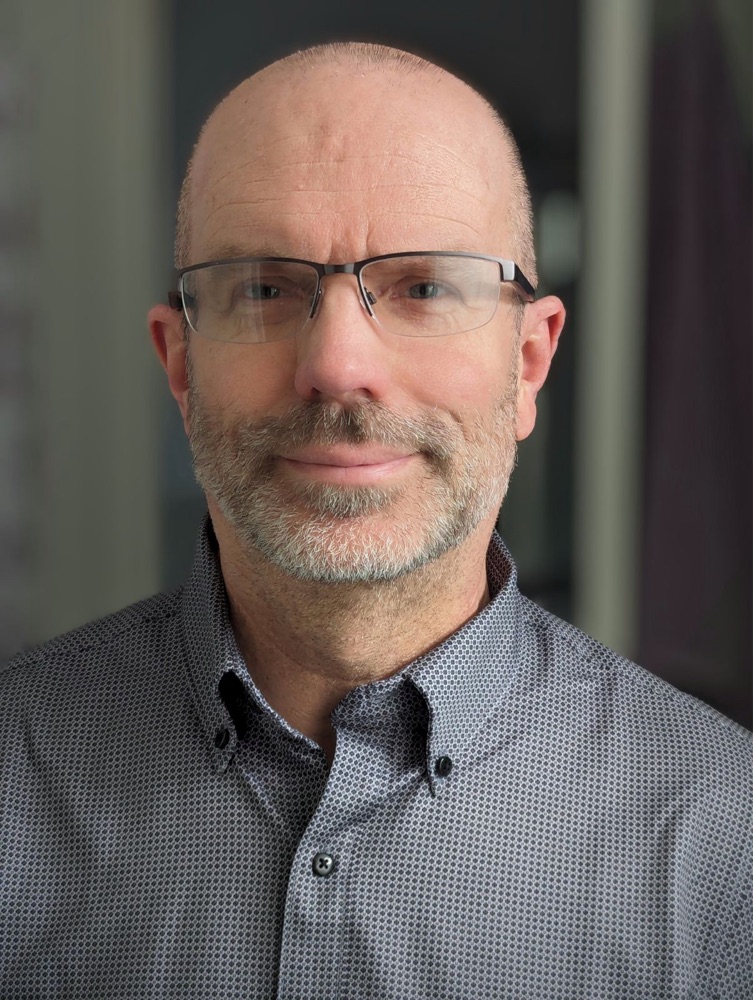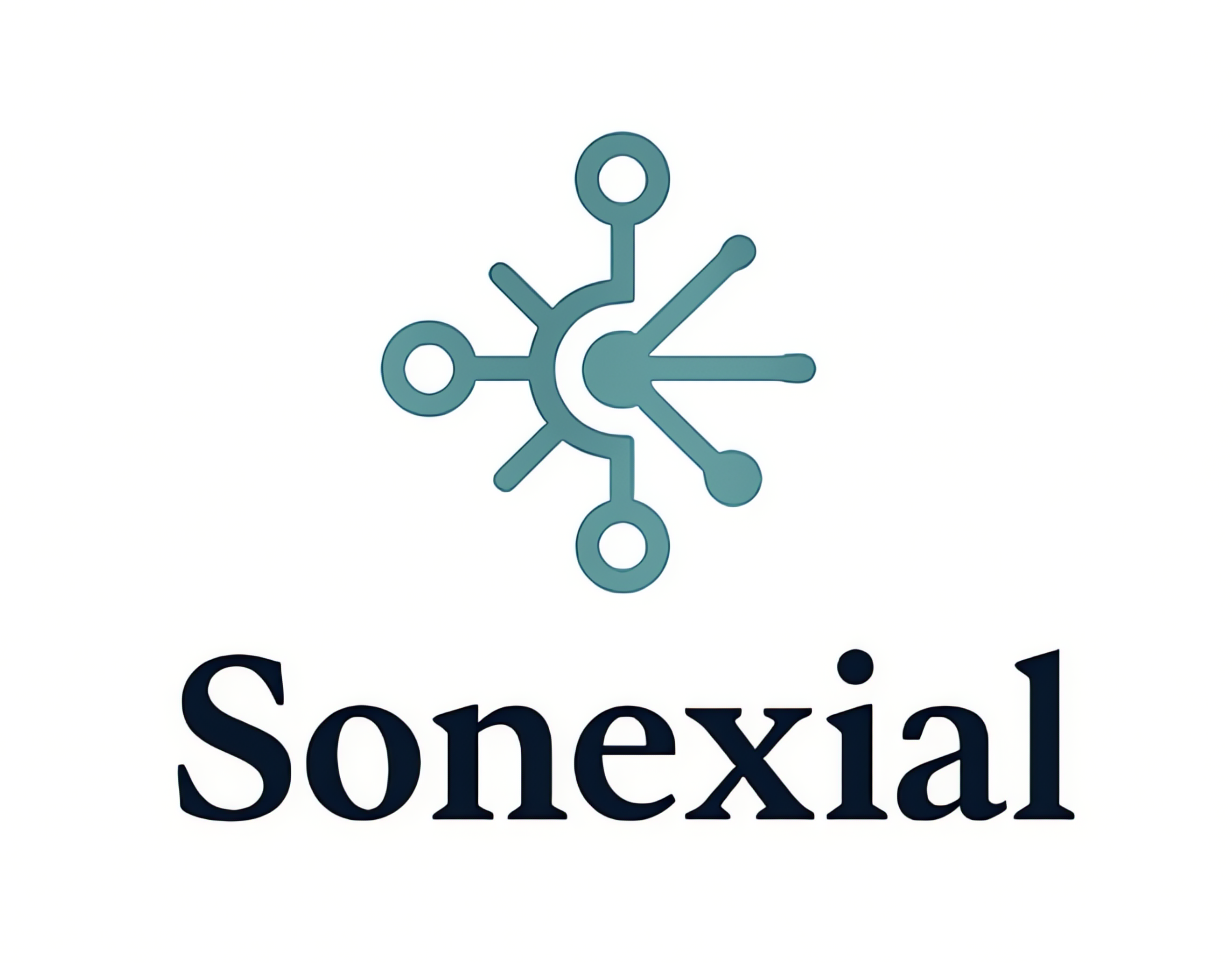About Sonexial
Your organization’s real power doesn’t live in the hierarchy. It lives in the informal networks—who actually talks to whom, who influences decisions, who’s in the dark.
We use sociograms and social network analysis, along with our unique algorithm, to map how influence flows inside your teams--revealing what traditional org charts miss. 85% of Midwest SMBs overlook the hidden networks driving their culture. We make them visible.
About Brian L. Plescher

Founder & Principal Consultant, Sonexial
Throughout fifteen years of leadership in complex organizations, one pattern became undeniable: the people who truly drive results, shape culture, and catalyze change rarely match what the org chart suggests. Real influence flows through informal networks—the hidden connections that determine whether initiatives succeed or stagnate.
In high-stakes corporate environments, I witnessed this dynamic repeatedly. The most critical conversations happened in hallways, not conference rooms. The people who could accelerate or derail major changes weren't always the ones with the biggest titles. Traditional approaches to organizational development were missing the most important layer entirely.
This realization led me to develop a methodology that maps these invisible networks and translates social capital into strategic advantage. Drawing on my MS in Management, Strategy and Leadership from Michigan State's Eli Broad School of Business and executive education from Yale School of Management, I created Sonexial—a consulting practice that reveals how organizations actually function beneath the surface.
Using network analysis and structural gap theory, Sonexial helps leaders identify the true influencers, bridge critical disconnects, and leverage existing relationships to drive meaningful change. We make the invisible visible, transforming organizational social capital from a mystery into a measurable, manageable asset.
The question that started this journey—why some people move organizations while others don't—now has an answer. More importantly, it has a solution.
"Employees who feel more connected with people in their networks are one and a half times more likely than their peers to report being engaged at work."
- McKinsey & Company
